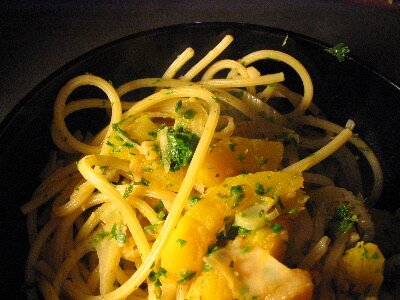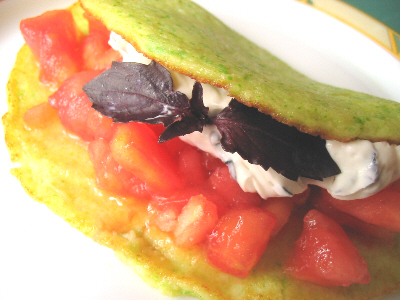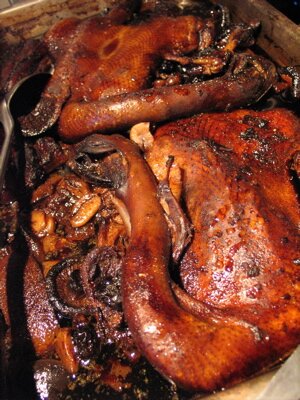Gazing at the stars
There are dishes that haunt me. They stare at me from pages of books, invade my thoughts when I think of dinner. They are penguins to my polar bear - perfect, perfect food that I know will be love from the first bite, despite having no evidence whatsoever. One of such foods is stargazey pie.
Before you let this name transform into a romantic image in your head, I’ll tell you that it’s English and involves sardines or herrings, whose heads are left poking out of the pie crust. According to Mr. Davidson of the Oxford Companion to Food,
“the name ’stargazey’ describes the star-shaped ring of fish heads peering out of the circumference of the pie, possibly gazing at the stars with the uppermost eye. In some versions, the heads were grouped at the centre, dislocated to gaze upwards in a cluster, and the tails were set around the edge… The standard explanation of this odd pie is that the heads of pilchards are uneatable, but full of rich oil which it would be a shame to waste. If the fish are arranged with their heads resting on the rim of a circular pie dish and projecting out of the crust (their tails clustered at the centre), the slope causes the oil to run down into the body of the fish; and when the pie is cut up the now useless heads can be discarded. However, experiments have shown that the amount of oil thus ’saved’ is close to zero, which suggests that the only valid rationale for the pie is an aesthetic one.”
Whoever can think of a food so marvelous! Of course, I have a deep fondness for savory pies, fatty fish, and a touch of the absurd - rooted, respectively, in my grandma’s cookery, tins of Latvian smoked sprats in oil (so heavenly when spread on rye bread with thinly sliced cucumber) and the study of Soviet history.
I have thought of making stargazey pie countless times: for Tse Wei, for my former roommates, for unsuspecting guests. One day, in desperation, I might spring it on my historians, who deserve better. The difficulty usually lies in finding pilchards, or sardines, which absolutely need to be fresh and not canned, and are strongly seasonal in this country and rarely carried by supermarkets. When sardines are available, dinner companions are not, and I refuse to eat stargazey pie alone. It’s made to be shared. You are all invited. I promise I will also make something else.







